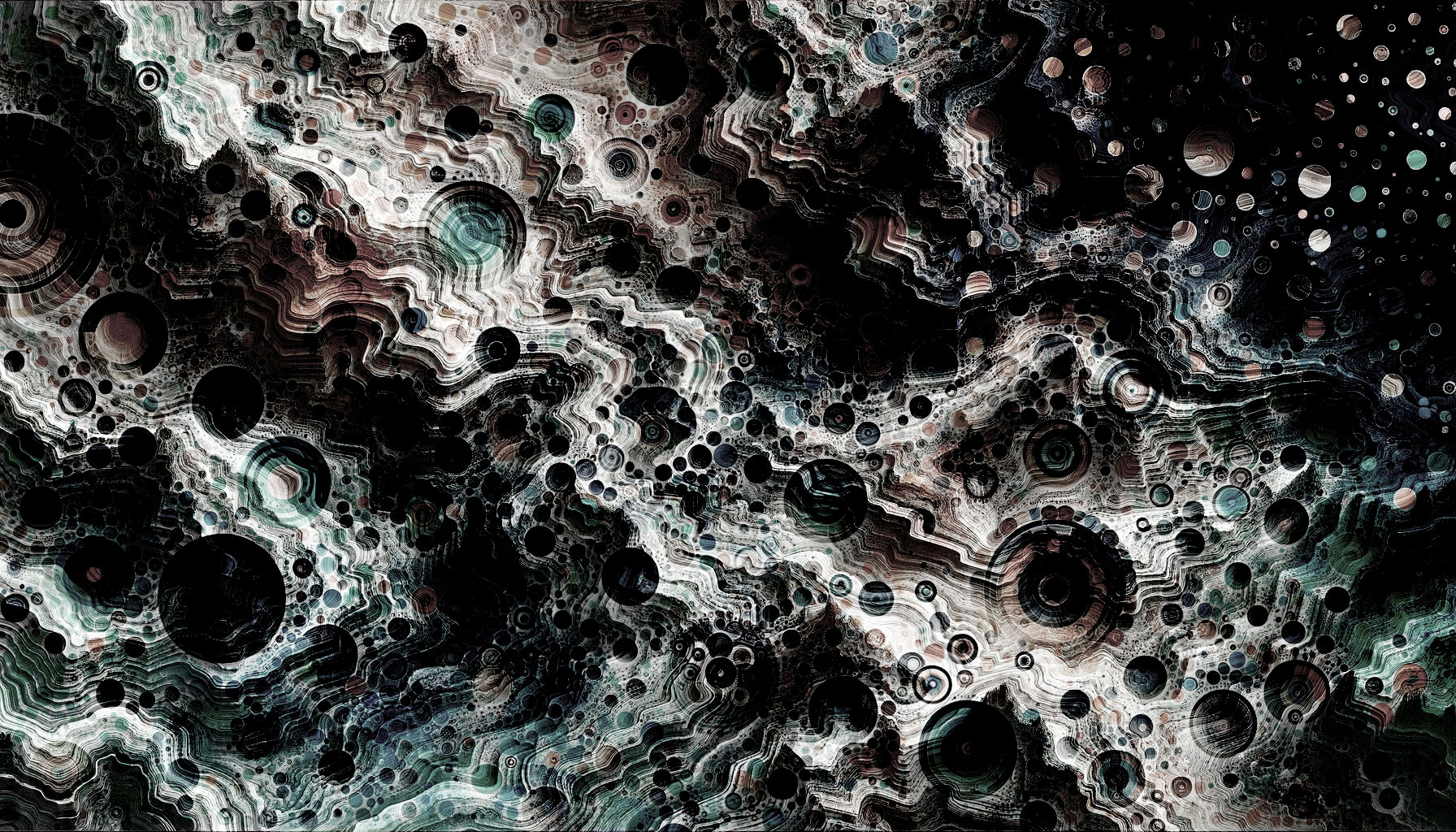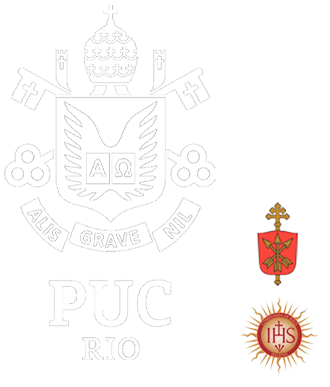COMUNICAÇAO DE DEFESA DE TESE DE DOUTORADO
Observados os dispositivos do art. 6g da DELIBERAÇÃO 001/76, será defendida no dia 19 de fevereiro de 2024, às 10h OOmin, em reunião realizada por meios de comunicação remota, a TESE DE DOUTORADO intitulada EXPLORING THE INFLUENCE OF HIGH TEMPERATURE AND PRESSURE ON GEOPOLYMER PROPERTIES do(a) aluno(a) UMBERTO CASSARA DE C 5 SICILIANO, candidato(a) ao grau de Doutor em Engenharia Civil.
A Comissão Julgadora constituída pela DESIGNAÇÃO Ng 20479/01/2024 é formada pelos seguintes membros:
| N’ | Nome | Titulação | Afiliação | Obs. |
| 1 | Flávio de Andrade Silva | Doutor / UFRJ | PUC-Rio | Orientador(a) e Presidente |
| 2 | Ana Carolina Constâncio Trindade | Doutor /PUC-Rio | USP | Co-Orientador(a) |
| 3 | Joao Adriano Rossignolo | Livre-Docente / Escola de Engenharia de São Carlos – USP |
USP | |
| 4 | Lourdes Maria Silva de Souza | Doutor / TU DELFT | PUC-Rio | |
| 5 | Antônio Acacio de Melo Neto | Doutor / USP | UFPE | |
| 6 | João Claudio Bassan de Moraes | Doutor / Universidade Estadual Paulista Júlio de Mesquita Filho | ITA | |
| 7 | Daniel Carlos Taissum Cardoso | Doutor / UFRJ | PUC-Rio | Suplente |
RESUMO:
Geopolymers (GPs), classified as polysilicate-aluminates, represent inorganic poly-mers or chemically bonded ceramics with diverse applications determined by the Si:Al atomic ratio, including: fire-resistant components, sealants, mortar for rein-forcing beams and oil well plugging. The exploration of GPs under varying tem-perature and/or pressure conditions gained momentum post-2001. The addition of chamotte into GP formulation only occurred in 2014, followed by subsequent investigations into the impact of adding carbon nanotubes and nanoclay a year la-ter. The primary objective of this thesis was to assess the compressive strength of plain potassium-based GP cured at temperatures and pressures of up to 200°C and 70 MPa, respectively. This evaluation included comparative analysis with mi-crostructural characterizations such as porosimetry and the rmogravimetry. Initially, the study evaluated the reaction mechanisms of different GP formulations and de-termined the effects of alkali Teaching on strength evolution under diverse curing conditions (dry and saturated). The results identified the K-waterglass composition with Si02/K20=1.53 and H20/K20=8.69 as presenting rapid strength gain, low leachability, and was thus selected. Curing temperature significantly impacted on the final properties, with pressure demonstrating a notable 144% improvement in com¬pressive strength at 502C, and an additional 37% improvement at 502C and 20 MPa, attributed to enhanced microstructural densification. The thesis also explored the effect of adding micrometric (chamotte) and nanometric (nano-metakaolin, nano-clay and carbon nanotubes) particles under extreme curing conditions (1502C and 40 MPa). Preliminary results indicated satisfactory dispersion of carbon nanotubes using a simple, low-energy technique. Individual additions contributed to GP performance improvement, yet hybrid additions surpassed any separate addition results, yielding a formulation with enhanced reactivity. Under 1502C curing, GP with hybrid additions exhibited a remarkable 350% improvement in mechanical properties compared to plain GP. Under 40 MPa pressure, the mechanical performance was minimally affected by hybrid additions, confirming their efficacy in achieving the desired properties for high-temperature and pressure applications, including pore refinement, increased flexural strength, and reduced porosity.




